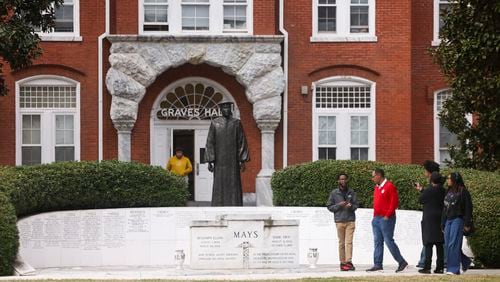For more than 20 years, Certified Hand Therapists (CHT) have been establishing their own solid grip on upper quarter rehabilitation. Yet that wasn’t always the case.
In 1991, the Hand Therapy Certification Commission (HTCC) offered its first exam. Today more 6,000 CHTs are administering care worldwide, more than 5,700 of them in the United States alone.
What is hand therapy?
In 2008, the HTCC crafted its official definition of hand therapy. They call it “the art and science of rehabilitation of the upper limb, which includes the hand, wrist, elbow and shoulder girdle.” It’s the convergence of occupation and physical therapy theories and practice with an encyclopedic knowledge of the various areas.
CHTs take that knowledge and apply it, beginning with assessment and planning. Then it’s off to the races with implementation and treatment. Cases run the gamut from cumulative trauma disorders like carpel tunnel to nerve disorders. Shoulder injuries, wrist fractures, elbow fractures and more fall under the CHT umbrella. Therapists provide intervention to stop dysfunction in its tracks, restore function or turn a progressive problem around. In a nutshell, they help patients get the most functionality out of their affected extremity.
Who’s doing it?
CHTs must be either an occupational or physical therapist. According to the HTCC, approximately 85 percent of today’s CHTs are occupational therapists. Candidates must have at least 4,000 work hours of hand therapy practice.
To snag the credential, candidates are required take the CHT exam, a comprehensive test of advanced clinical skills and theory in upper quarter rehabilitation. The tests are offered at locations throughout the country, including three in the Atlanta area and one spot each in both Macon and Savannah. The HTCC offers these exams Mondays through Saturdays throughout the first full weeks of May and November each year. And all CHTs are required to recertify every five years.
More information can be found at: htcc.org.
Who’s hiring?
CHTs can find jobs at hospitals or with specialty practices. The latter includes local business such as Peachtree Orthopaedic Clinic, Resurgens Orthopaedics and OrthoAtlanta. A hand surgeon typically has a hand therapist working in their office. Some CHTs opt to open their own private practices.
A conversation with a Certified Hand Therapist
The HTCC hadn’t been offering the CHT credential long when Missy Thurlow took the exam in 1993. Today Thurlow, the director of occupational therapy at Peachtree Orthopaedic Clinic, stays incredibly active in the field. She sits on the Georgia State Board of Occupational Therapy and serves as vice president of the Georgia Hand and Upper Extremity Special Interest Group.
Thurlow recently shared insight into her career journey, what keeps her passionate about the field, and put a finger on what it takes to succeed as a CHT.
On her first exposure to hand therapy:
“I went to the University of Texas Medical Branch and finished OT school in 1981. I went to work in Baton Rouge, La. and worked for the burn unit in a big hospital. I got thrown into that. I saw people with 90-percent burns on their bodies who had horrible hand injuries. So I got exposure to wounds, tendon injuries, lacerations, electrocutions and things like that. It was something I wanted to pursue after I finished that job.”
On why it helps to have the CHT credential:
“I think you get a greater respect from hand surgeons, if you have those initials behind your name. I think you also know some of the more intricate facts and get deeper into the diagnoses. It requires you to know a lot. And I think you have better camaraderie with the other hand therapists in town. We have a special thing going. Patients and doctors are impressed and tend to be looking for someone with those initials. I think it opens doors, because we have the respect. Our surgeons always point patients to a certified hand therapist. They have respect for what we know and what we have to do to get our credential. They trust us with their patients.”
On sharing her skills internationally:
“I’m a big advocate of medical mission trips. I usually like to go somewhere once a year. I’ve been to Honduras. This year I got to go just across the border into Mexico. We went to a clinic and made 50 orthoses in three days for people who have had strokes, hand problems, spinal cord injuries and other issues. We had a guy in Juarez, Mexico in August of last year who had a spinal cord injury. He couldn’t do anything for himself. We were able to provide him with what he needed —an orthosis and a spoon— and he was able to feed himself independently for the first time in five years. That was pretty cool. This year I hope to go to Haiti with the Peachtree Orthopaedic Clinic doctors. I get so much out of these trips.”
On the qualities needed to be a good CHT:
“I think it requires a creative side and being able to think quickly. When I was in Mexico, there were so many people walking in who needed us to do things for them. I really needed to think on my feet and think fast. You need to step outside of your comfort zone. …You need to be able to create good relationships with hand surgeons, and take the opportunity to see different diagnoses and watch surgeries. Spend the day in a hand clinic. Those are all things you can do to help prepare yourself for the exam. I think being outgoing, friendly and compassionate would help, too.”
About the Author





